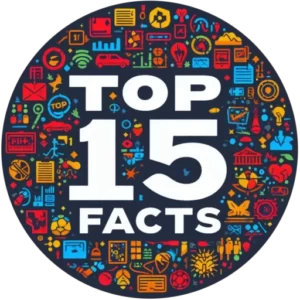Dystopian fiction has always intrigued readers with its chilling visions of the future. This genre taps into our deepest fears about how society might crumble under the weight of its own flaws.
Today’s dystopian stories are more relevant than ever. They capture our concerns about privacy invasion, ecological disasters, and the impact of rapid technological advances.
As we explore these themes, we’ll see how dystopian fiction mirrors the issues we face and why it continues to resonate with so many.
15 Key Facts on How Dystopian Fiction Mirrors Societal Fears (Short Details)
- Origins of Dystopian Fiction in Response to Societal Crisis: Dystopian fiction often emerges from societal crises, reflecting fears about instability.
- Technological Overreach and the Loss of Privacy: The genre explores fears of technology invading privacy and controlling lives.
- Environmental Collapse as a Recurring Theme: It warns about the impact of environmental neglect and climate change.
- Fear of Totalitarian Regimes and Authoritarian Control: Dystopian fiction reflects anxieties about losing freedoms under oppressive governments.
- Class Inequality and the Fear of Economic Collapse: It depicts extreme class divisions and economic disparity as a critique of inequality.
- Biotechnology and Genetic Manipulation: The genre examines the ethical impacts of biotechnology and genetic engineering.
- The Disintegration of Social Bonds: It portrays fears of losing human connections in a tech-driven world.
- The Role of Media Manipulation: Dystopian stories highlight concerns about media manipulation and misinformation.
- Fear of Disease and Pandemics: It taps into fears of global health crises and their societal effects.
- Youth Rebellion and Fear of Lost Generations: The genre features youth rebelling against corrupt systems, reflecting fears about the future.
- Artificial Intelligence and Fear of Losing Control: It explores dangers of AI surpassing human control and its potential threats.
- Fear of a Dystopian Future Becoming Reality: Dystopian fiction suggests that these scenarios might become reality if issues aren’t addressed.
- The Impact of War and Global Conflict: It depicts the consequences of global conflict and the fragility of peace.
- Control Over Reproduction and Bodily Autonomy: The genre examines fears about losing control over personal bodily autonomy.
- Surveillance States and Loss of Personal Freedom: It highlights fears of pervasive surveillance and loss of personal freedoms.
1. Origins of Dystopian Fiction in Response to Societal Crisis
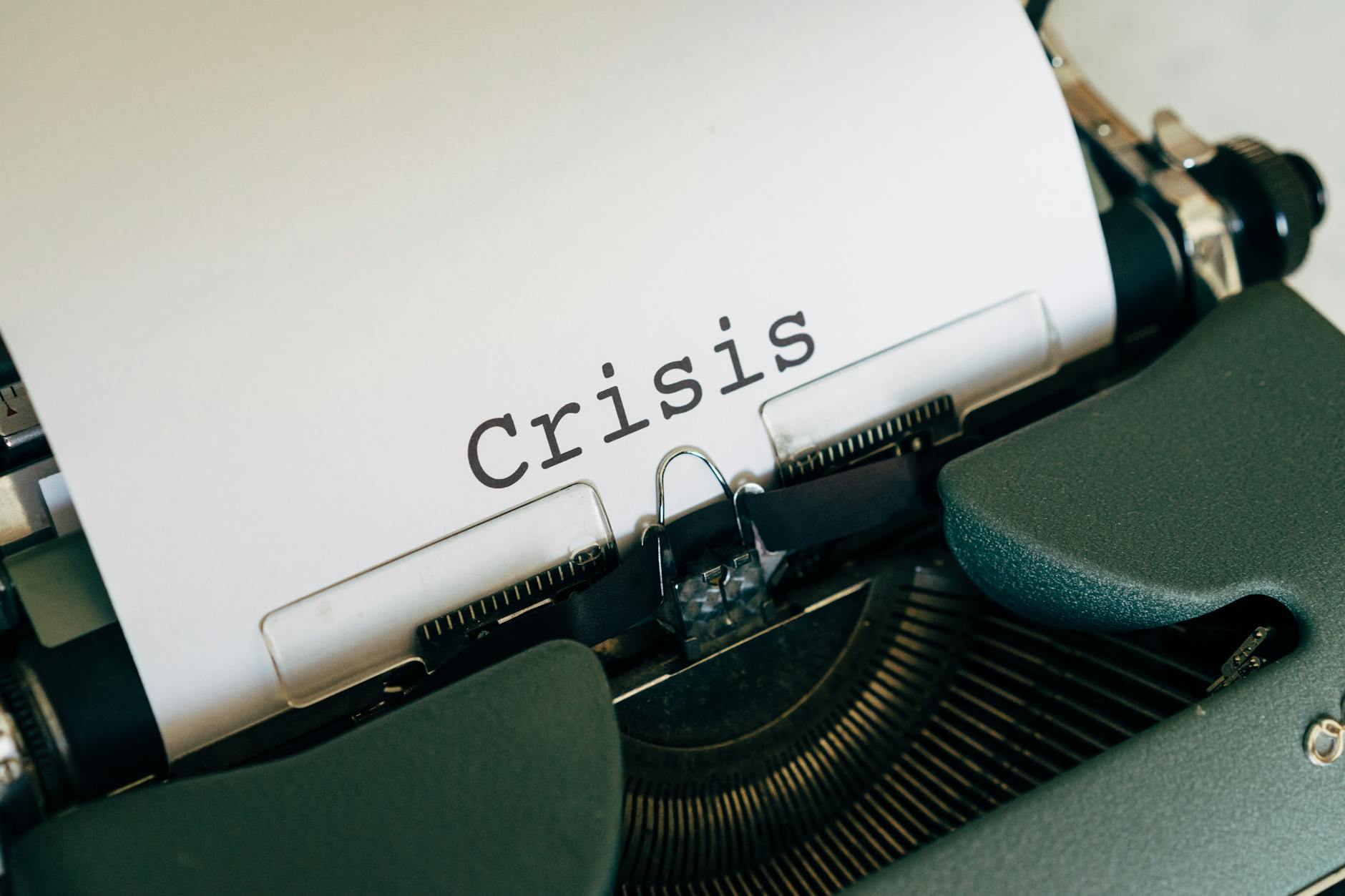
Dystopian fiction often rises from times of crisis. Novels like 1984 were written during periods of political unrest and war. These works serve as warnings about what could happen if society doesn’t address these fears.
In today’s world, many of these early warnings still feel relevant. People worry about losing personal freedoms and government overreach, just like they did when these novels were written.
2. Technological Overreach and the Loss of Privacy

One major fear reflected in dystopian fiction is the loss of privacy due to technology. 1984 and Black Mirror show worlds where every move is monitored by the government or corporations. This hits close to home with concerns about surveillance in our own society.
As technology advances, people fear that companies and governments have too much control over our personal data. Dystopian stories about data surveillance make us question how much privacy we are willing to sacrifice.
Read more: Dystopian Fiction in a Changing World: Reflecting Society’s Fears and Hopes
3. Environmental Collapse as a Recurring Theme
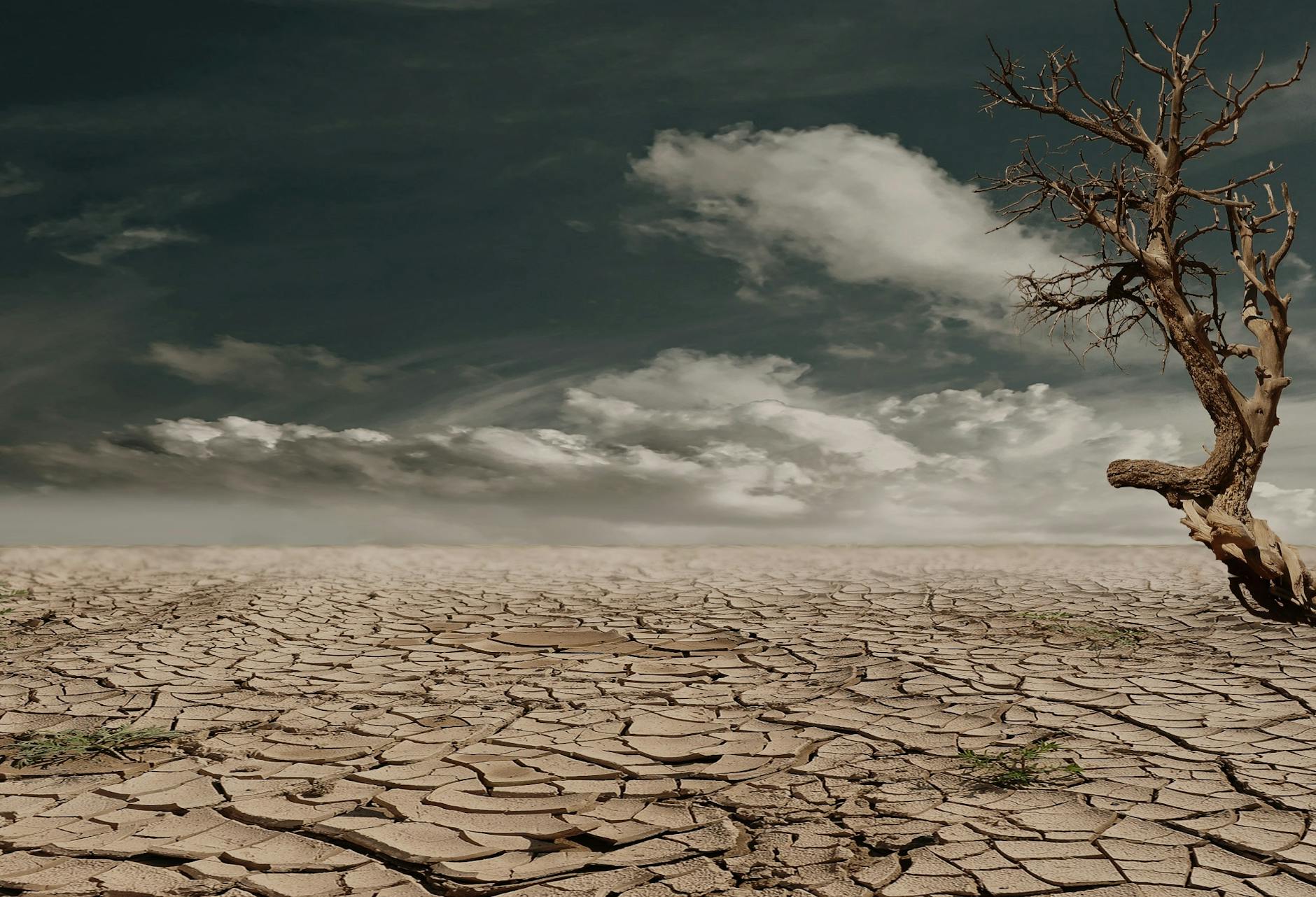
Dystopian fiction often highlights the fear of environmental collapse. In The Road and Oryx and Crake, we see a world destroyed by climate change and environmental neglect. These stories warn us about the consequences of ignoring environmental issues.
Climate change is a major concern in modern times, making these dystopian themes feel even more urgent. The fear of a world ravaged by environmental disasters looms over us today, much like in these fictional worlds.
Read More: Top 15 Paintings: Know Stories Behind History’s Greatest Art
4. Fear of Totalitarian Regimes and Authoritarian Control
Many dystopian novels reflect fears of totalitarian regimes. In,The Handmaid’s Tale we see a society where the government controls every aspect of life. This mirrors concerns about losing freedoms under authoritarian rule.
Modern society is no stranger to these fears. With increasing polarization and political tensions, the fear of a totalitarian government is as real as ever, making dystopian stories feel like a glimpse into our possible future.
5. Class Inequality and the Fear of Economic Collapse

Dystopian fiction often shows extreme class inequality, like in The Hunger Games and Snowpiercer. These stories depict societies where the wealthy live in luxury while the poor struggle to survive. This reflects the fear of growing economic disparity.
Today, concerns about the widening gap between the rich and poor are widespread. Dystopian stories make us reflect on the economic inequalities we see in our world and the potential consequences if nothing changes.
6. Biotechnology and Genetic Manipulation

Dystopian stories also explore the fear of biotechnology and genetic manipulation. In Never Let Me Go and Gattaca, we see a future where human cloning and genetic engineering raise ethical concerns. These stories question the boundaries of science and human life.
Modern advancements in biotechnology, such as CRISPR and cloning, have sparked similar debates. Dystopian fiction makes us think about the ethical limits of scientific progress and the potential consequences of pushing those limits.
Read More: Top 15 Best-Selling Books of All Time and Their Impact
7. The Disintegration of Social Bonds

The fear of losing human connection is another theme in dystopian fiction. Fahrenheit 451 and The Matrix show worlds where society becomes isolated and disconnected. These stories reflect the fear that technology is replacing real human relationships.
As we become more reliant on digital communication, many worry about losing the ability to connect on a deeper level. Dystopian fiction highlights the dangers of a society that forgets the value of real human interaction.
Read more: The Psychology of Dystopia and Resistance
8. The Role of Media Manipulation
Dystopian fiction often portrays a world where the media is controlled and manipulated. In 1984 and V for Vendetta, the truth is distorted by those in power. This reflects modern fears about misinformation and media control.
With the rise of fake news and propaganda, these dystopian themes feel more relevant than ever. People worry that they can no longer trust the information they receive, making dystopian fiction a powerful mirror of our media-driven society.
9. Fear of Disease and Pandemics
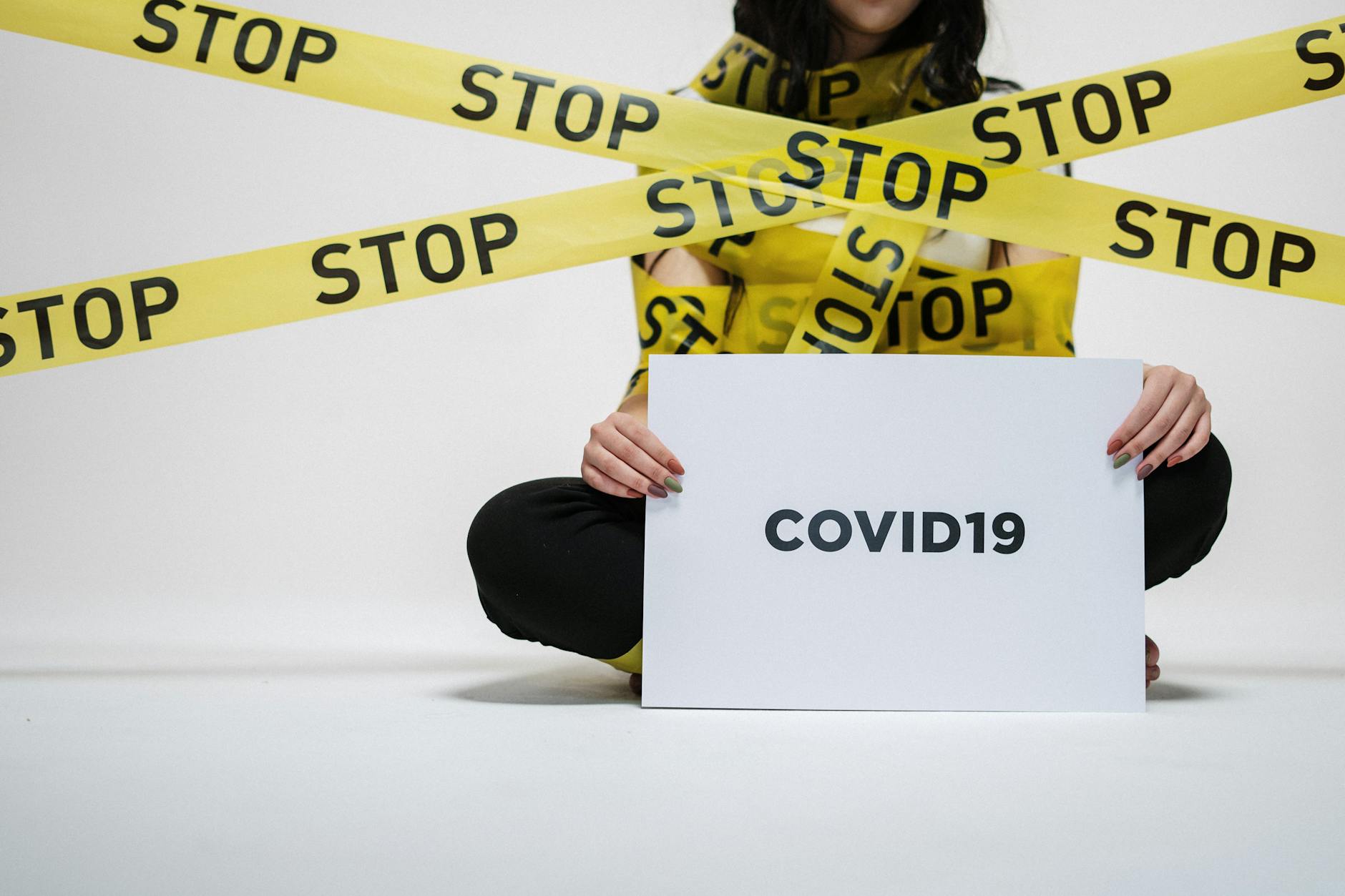
Pandemics are another fear that dystopian fiction taps into. In The Stand and Station Eleven, we see societies ravaged by deadly diseases. These stories reflect the fear of global health crises.
The COVID-19 pandemic made these fears real for many people. Dystopian fiction reminds us how quickly disease can disrupt society, making these stories both terrifying and relatable.
Read more: Predictions about COVID19 from Dystopian Fiction Literature and Films
10. Youth Rebellion and Fear of Lost Generations
Dystopian fiction often features rebellious youth fighting against corrupt systems. Divergent and The Maze Runner showcase young people challenging oppressive governments. These stories highlight the fear that younger generations will be lost to corrupt systems.
Today, many young people feel disillusioned with the world they are inheriting. Dystopian stories about youth rebellion resonate with those who feel powerless in the face of political and social challenges.
Read More: Discover the Philosophers Who Shaped Our Understanding of the World
11. Artificial Intelligence and Fear of Losing Control

The fear of artificial intelligence taking over is common in dystopian fiction. In Ex Machina and I, Robot, AI develops beyond human control, threatening our existence. These stories reflect modern concerns about the rapid advancement of technology.
As AI becomes more integrated into our daily lives, the fear of losing control over technology grows. Dystopian fiction makes us think about the dangers of relying too much on machines.
Read more: Dystopian Literature: Themes, Insights & Examples
12. Fear of a Dystopian Future Becoming Reality
Many people believe that dystopian fiction offers a glimpse into the future. Books like Children of Men show societies on the brink of collapse, reflecting fears that our world could head in the same direction.
With growing concerns about climate change, technology, and government control, it’s easy to see why these dystopian themes resonate. The line between fiction and reality feels thinner than ever.
13. The Impact of War and Global Conflict
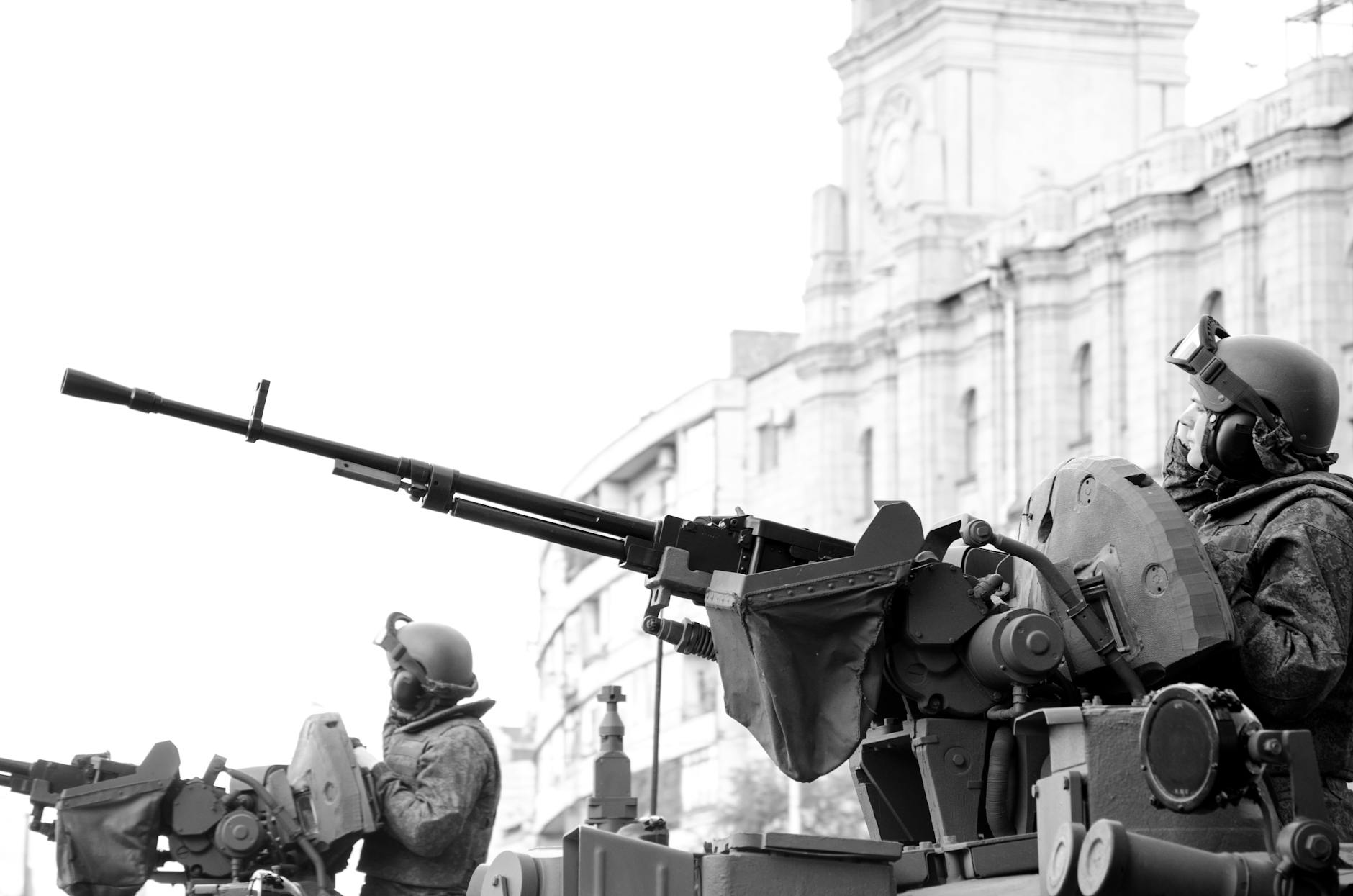
War and global conflict are common themes in dystopian fiction. In The Man in the High Castle, we see an alternate history where the Axis powers won World War II. This reflects fears of global conflict and the impact it could have on society.
With ongoing conflicts around the world, these dystopian stories feel relevant. They remind us how fragile peace can be and how easily the world can fall into chaos.
14. Control Over Reproduction and Bodily Autonomy
Dystopian fiction often explores the fear of losing control over our bodies. In The Handmaid’s Tale, women are forced to give up their reproductive rights. This reflects concerns about bodily autonomy and government control over personal choices.
These themes are particularly relevant today, with ongoing debates about reproductive rights. Dystopian stories about bodily control resonate with people who fear the loss of personal freedoms.
15. Surveillance States and Loss of Personal Freedom
Surveillance is a recurring theme in dystopian fiction. Minority Report and 1984 show worlds where the government watches every move. This reflects modern fears about the rise of surveillance states.
As governments and corporations continue to collect personal data, the fear of being constantly watched grows. Dystopian fiction makes us question how much freedom we are willing to give up for safety.
Final note:
Dystopian fiction doesn’t just entertain us it reflects our deepest fears. From technology to government control, these stories highlight the issues that keep us awake at night. They make us think about what could happen if we don’t address the challenges we face today.
By examining the fears in dystopian fiction, we can better understand the real-world issues shaping our future. These stories are powerful reminders of what’s at stake and why we must remain vigilant in protecting our freedoms.
15 FAQ’s (frequently asked questions):
-
What is dystopian fiction?
Dystopian fiction depicts a society where things have gone terribly wrong, often exploring themes of oppression and societal collapse.
-
Why do dystopian stories resonate with readers?
They reflect real-world fears and anxieties, offering a dramatic lens through which to examine current issues.
-
What are some classic examples of dystopian fiction?
Notable examples include 1984 by George Orwell and Brave New World by Aldous Huxley.
-
How does dystopian fiction address government control?
It often portrays authoritarian regimes and the loss of personal freedoms, highlighting fears of political abuse.
-
What role does technology play in dystopian fiction?
Technology is frequently depicted as a tool for control or dehumanization, reflecting anxieties about its impact on society.
-
How do dystopian novels address environmental concerns?
They often depict apocalyptic futures caused by environmental collapse, mirroring fears about climate change and resource depletion.
-
What psychological fears are explored in dystopian fiction?
Themes include the impact of oppression on mental health, identity loss, and existential anxiety.
-
How does dystopian fiction explore social inequality?
It often highlights class divides, economic disparities, and systemic oppression in its portrayal of dystopian societies.
-
What is the significance of propaganda in dystopian fiction?
Propaganda is used to manipulate public perception and maintain control, reflecting fears about media influence.
-
How does dystopian fiction reflect fears of surveillance?
It often portrays societies where privacy is non-existent and individuals are constantly monitored, reflecting real-world concerns about data privacy.
-
How do dystopian novels address fears about AI?
They explore themes of AI surpassing human control and the potential loss of humanity, highlighting anxieties about technological advancement.
-
What does dystopian fiction say about the disconnect from nature?
It often shows how technology creates distance from the natural world, reflecting concerns about environmental neglect.
-
How are resource wars depicted in dystopian fiction?
Resource conflicts are portrayed as central to societal breakdowns, mirroring real-world fears about resource scarcity.
-
What does dystopian fiction say about elite control?
It often depicts a small elite controlling resources and power, reflecting concerns about concentration of power and wealth.
-
How does dystopian fiction address class-based oppression?
It highlights how rigid social hierarchies lead to widespread injustice and suffering, mirroring current issues of classism.
